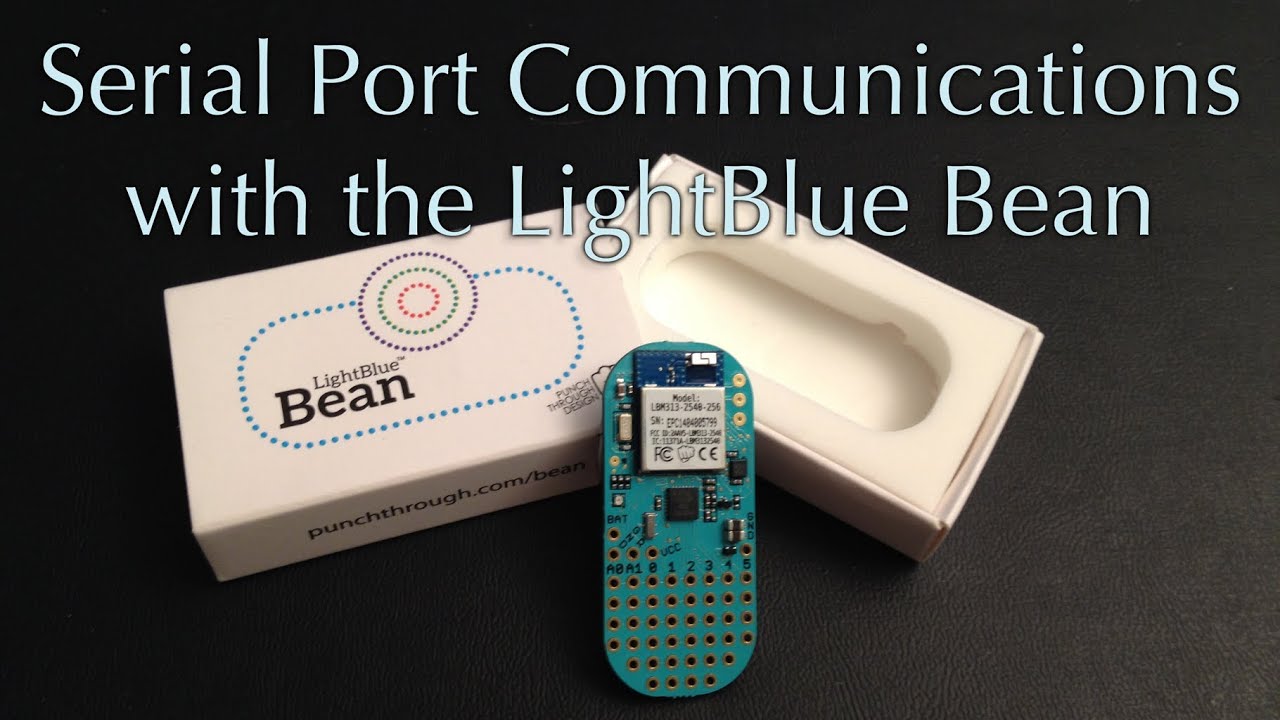
It's not really identical on all the platforms but it's reasonably close, so you get an idea of what can be done.Īlso recently the IDE has been made open source! Now you can contribute to the bug fixing or add new features, or simply look the source to learn something from it. The PureBasic's IDE is one good example of a fairly complex cross platform application and it's written in PureBasic.


On macOS this requires some acrobatics since Cocoa it's built with Objective C in mind.
#PUREBASIC GADGETS CODE#
It's possible to write cross platform programs by just using PB statements and libraries, if you limit yourself to only the common set of commands and libraries available for all the OSes.īut realistically you often need to write at least some platform specific code here and there, using the target OS APIs. It's available for Windows, Linux, macOS and Raspberry. PureBasic is a language, you guessed it, sharing some common ground with a very large family of BASIC dialects. In 2004 I stumbled on PureBasic after using many generations of Visual Studio (Visual Basic and Visual C/C++) and I was hooked by experiencing again, after all those years, a sensation similar to the one TP3.0 gave me in 1986. It was something that really impressed me, computers were not as powerful as today and TP3.0 was a joy to use: everything was immediate and the programming cycle was so effortless it was like using an interpreter magically running at the speed of compiled code. It was written in assembly, it was blazing fast and in less than 40 KB you had a compiler, an editor, a linker and a debugger all loaded in RAM at the same time. While Microsoft was producing its sophisticated but bulky compilers, in 1986 Borland introduced Turbo Pascal 3.0.


 0 kommentar(er)
0 kommentar(er)
